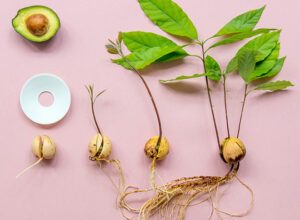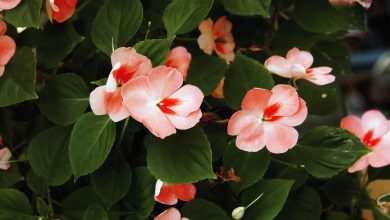Chamaecyparis Lawsoniana: [Cultivation, Care, Pests and Diseases]
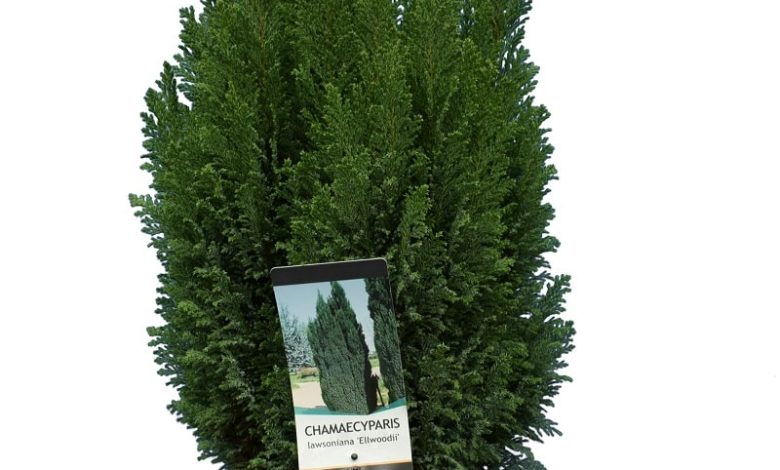
Chamaecyparis lawsoniana is the scientific name for the well-known Lawson’s cypress and it is a fairly large species of tree.
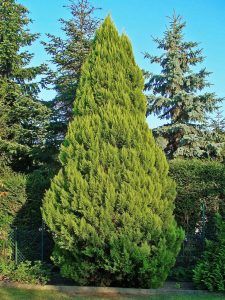 Its origin is North American and its texture is robust, both in branches and leaves, making it an ideal species to have in large fields.
Its origin is North American and its texture is robust, both in branches and leaves, making it an ideal species to have in large fields.
Its value is rather ornamental because it produces small flowers and cones. The wood has high resistance and a very special aroma.
Are you a lover of large trees? How about starting to work with one of this species?
What is chamaecyparis lawsoniana?
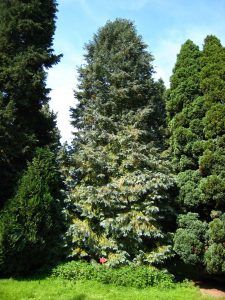 It is an ornamental tree of the cupressaceae family, with a woody trunk and a characteristic odor.
It is an ornamental tree of the cupressaceae family, with a woody trunk and a characteristic odor.
When the weather is favorable, it can reach 60 meters in height. But, if not, it is capable of reaching up to 30 meters.
Studies of their structure and life system show that they are very good at maintaining a cool climate and, due to their height, also at providing shade.
It has evergreen leaves that serve as temporary shelter for different animals, but it is not very attractive around food.
Where should we plant it?
For the tree to thrive properly it must be planted in an area with constant moisture.
The good news is that since it is a very dense tree in terms of leaves and branches, it usually maintains humidity inside it very well. This condition is complemented by its low need for sunlight, so the place to choose must give it some type of shade throughout the day.
These trees are used in meadows, gardens and urban orchards, so it is quite easy to offer them what they need.
When should chamaecyparis lawsoniana be cultivated?
The ideal time to sow is in the spring or early fall, as they offer the best temperature levels for it to take hold.
Choosing the appropriate date will be decisive for the plant to be able to grow without inconveniences, since heat or frost do not do it very well in this first stage.
How do we prepare the land?
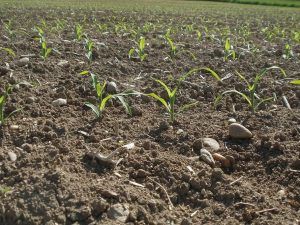 Chamaecyparis lawsoniana is not very demanding when it comes to soil and its roots do not tend to grow very thick and wide.
Chamaecyparis lawsoniana is not very demanding when it comes to soil and its roots do not tend to grow very thick and wide.
For this reason, it does not make a bad companion for other plant species and it does not make a bad companion for being located near buildings.
It needs a light soil, with a rather sandy texture where its roots can move at ease. It is important that it also has the ability to hold moisture well.
The preparation will be done with a peat that helps to incorporate the organic matter that almost all species need to develop healthy. This preparation can be done a few months before starting the cultivation process.
How to sow a chamaecyparis lawsoniana step by step?
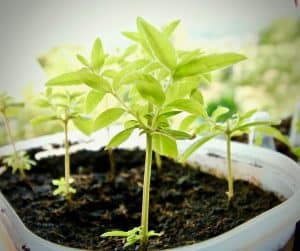 Chamaecyparis lawsoniana has a low percentage of positive growth when planted from seed.
Chamaecyparis lawsoniana has a low percentage of positive growth when planted from seed.
In addition, it is usually a fairly slow process that could take years to see prosper. That is why specialists recommend planting through already grown cuttings that are sold in pots.
For the transplant process to be beneficial, the following steps will be followed:
- Open a hole in the ground that is large enough to place the plant with the peat that comes from the nursery. It doesn’t have to be too deep.
- Place the complete specimen and close the hole with the extracted soil, pressing gently with your fingers.
- You can add some liquid fertilizer at this stage to help the growth process and then water.
What care do you need?
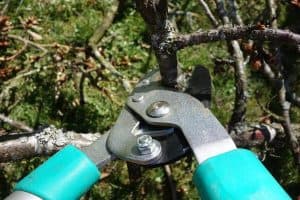 Irrigation is a fundamental part of caring for chamaecyparis lawsoniana due to the humidity it needs.
Irrigation is a fundamental part of caring for chamaecyparis lawsoniana due to the humidity it needs.
When the weather is cold and there is abundant rainfall, watering may be needed once a week.
But if there are droughts and temperatures are rising, it is best to assess two or three irrigations per week, depending on the state of the land. It is important to offer it moisture but not to flood it because that could put its development at risk.
As for pruning, in general, it does not need it since it grows regularly on all sides, culminating in a conical tip.The fertilizer will be applied during the spring, once a month.
What pests and diseases attack chamaecyparis lawsoniana?
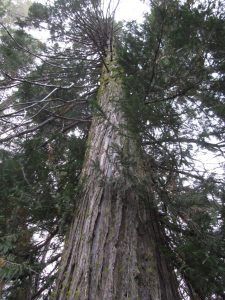 The species is rarely attacked by pests, but there is a highly deadly disease known as phytophthora lateralis.
The species is rarely attacked by pests, but there is a highly deadly disease known as phytophthora lateralis.
According to studies carried out by professionals in the area, it is a fungus that attacks from the roots, causing the death of any area it touches.
The greatest propensity to suffer from the disease are those specimens that are planted near watercourses, such as rivers.
It is also necessary to note that on very few occasions the fungus attacks young plants, rather it focuses on already adult trees.
The good news is that it is a resistant species, so there have been known cases of infected trees that survive for years even with the fungus.
Chamaecyparis lawsoniana is one of the most interesting species of this type of tree. In fact, its large size makes it ideal to establish as a base for weekend family gatherings. And this will be a reality that will be used generation after generation, since they can live up to 5 centuries.
How long does it take for Chamaecyparis lawsoniana to grow?
It is a medium to slow growing tree, which means that it may take a few years for it to reach its height, even in the best conditions.
How long does it take to produce fruit?
Depending on the conditions in which it is found, this specimen can bear fruit from 3 years after planting.
Can it be grown in a pot?
It is a suitable tree to live in a pot, it can even be used for bonsai, given its good adaptability.
How many times does Chamaecyparis lawsoniana produce fruit?
It bears fruit once a year, taking a long time to mature after pollination, between 6 and 8 months.
Should Chamaecyparis lawsoniana be pollinated to obtain fruit?
Yes, pollination is necessary, which is carried out mainly by the action of the wind.
There are no specific pollinators for this species, as it does not usually attract too many insects.
How cold can Chamaecyparis lawsoniana tolerate?
It has no problems with night or occasional frosts. However, cold is not the most recommended climate for its development.
How many Chamaecyparis lawsoniana can be planted per hectare?
This species does not require much space to develop, so approximately 200 specimens can be planted in one hectare.
What type of fertilizer does Chamaecyparis lawsoniana need?
You need both organic and mineral fertilizer, although not at the same time or at the same time.
It is important to provide organic fertilizer during the fall, which helps it grow and take advantage of good temperatures.
While in the spring a mineral fertilizer will be used to provide what it needs in that season.
How much heat and/or drought can Chamaecyparis lawsoniana tolerate?
Because it is a tree that can live perfectly in coastal areas, its ability to withstand heat is quite high, even 40° C.
In addition, it adequately supports drought for periods of time that are not extremely long.
Bibliography and references
- Buczacki, Stefan. (2000). The best evergreen trees and shrubs. Akal Editions. Madrid Spain.
- Morcillo San Juan, Antonio. (2015). Pocket guide to the trees of Madrid. The 50 most common trees in our parks and streets. Mundi-Press Books. Madrid Spain.
- Gimenez Verdu. (1991). Notes on the cypress canker. Department of Plant Biology I. Faculty of Biology. Complutense University. Madrid Spain. Reproduced from: https://www.miteco.gob.es/ministerio/pags/biblioteca/plagas/BSVP-17-03-423-439.pdf
- Fernandez, Guadalupe; Devesa, Juan Antonio. (1990). Guide to trees and shrubs in the parks and gardens of Badajoz. City Hall of Badajoz. Department of Culture. Badajoz-Spain. Reproduced from: https://www.researchgate.net/profile/Juan_Antonio_Alcaraz/publication/268523790_Guia_de_arboles_y_arbustos_de_los_parques_y_jardines_de_Badajoz/links/5474650f0cf2778985abdba3/Guia-de-arboles-y-arbustos-de-los-parques-y-jardines-de-Badajoz.pdf
[pt_view id=”f54fcb1evj”]

![Photo of [10 Fantastic Properties] of the Tomato: Did you know them?](https://www.complete-gardening.com/wp-content/uploads/2022/08/10-fantastic-properties-of-the-tomato-did-you-know-them-390x220.jpg)
